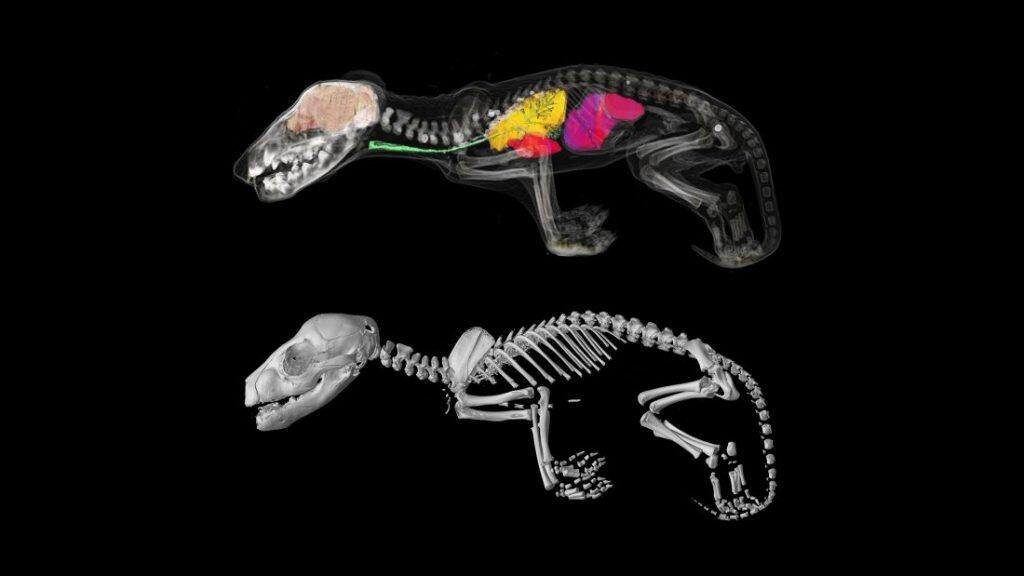The University of Melbourne is establishing a world-class research lab for de-extinction and marsupial conservation science thanks to a $5 million philanthropic gift.


The gift will be used to establish the Thylacine Integrated Genetic Restoration Research (TIGRR) Lab, led by Professor Andrew Pask, which will develop technologies that could achieve de-extinction of the thylacine (commonly known as the Tasmanian tiger), and provide crucial tools for threatened species conservation.
“Thanks to this generous funding we’re at a turning point where we can develop the technologies to potentially bring back a species from extinction and help safeguard other marsupials on the brink of disappearing,” Professor Pask, from the School of BioSciences at the University of Melbourne said.
“Our research proposes nine key steps to de-extinction of the thylacine. One of our biggest breakthroughs was sequencing the thylacine genome, providing a complete blueprint on how to essentially build a thylacine.”
“The funding will allow our lab to move forward and focus on three key areas: improving our understanding of the thylacine genome; developing techniques to use marsupial stem cells to make an embryo; and then successfully transferring the embryo into a host surrogate uterus, such as a dunnart or Tasmanian devil,” Professor Pask said.
The thylacine, a unique marsupial carnivore also known as the Tasmanian wolf, was once widespread in Australia but was confined to the island of Tasmania by the time Europeans arrived in the 18th century. It was soon hunted to extinction by colonists, with the last known animal dying in captivity in 1936.
“Of all the species proposed for de-extinction, the thylacine has arguably the most compelling case. The Tasmanian habitat has remained largely unchanged, providing the perfect environment to re-introduce the thylacine and it is very likely its reintroduction would be beneficial for the whole ecosystem,” Professor Pask said.
At least 39 Australian mammal species have gone extinct in the past 200 years, and nine are currently listed as critically endangered and at high risk of extinction.
“The tools and methods that will be developed in the TIGRR Hub will have immediate conservation benefits for marsupials and provide a means to protect diversity and protect against the loss of species that are threatened or endangered,” Professor Pask said.
“While our ultimate goal is to bring back the thylacine, we will immediately apply our advances to conservation science, particularly our work with stem cells, gene editing and surrogacy, to assist with breeding programs to prevent other marsupials from suffering the same fate as the Tassie tiger.”
The donation comes from the Wilson Family Trust. Mr Russell Wilson said the story of the thylacine and its unceremonious exit from this world really touched his family.
“We came across Professor Pask’s incredible work, believe it or not, via some YouTube clips on him talking about his research and passion for the thylacine and Australian marsupials. We realise that we are on the verge of a great breakthrough in science through improvements in technology and its application to the genome,” Mr Wilson said.
“The benefits of this open research will be wide and varied.”








































